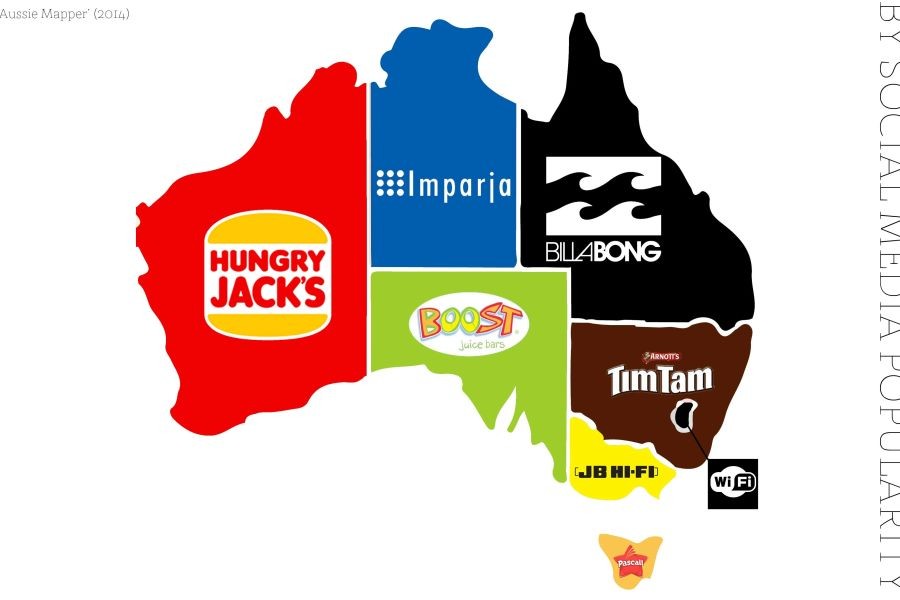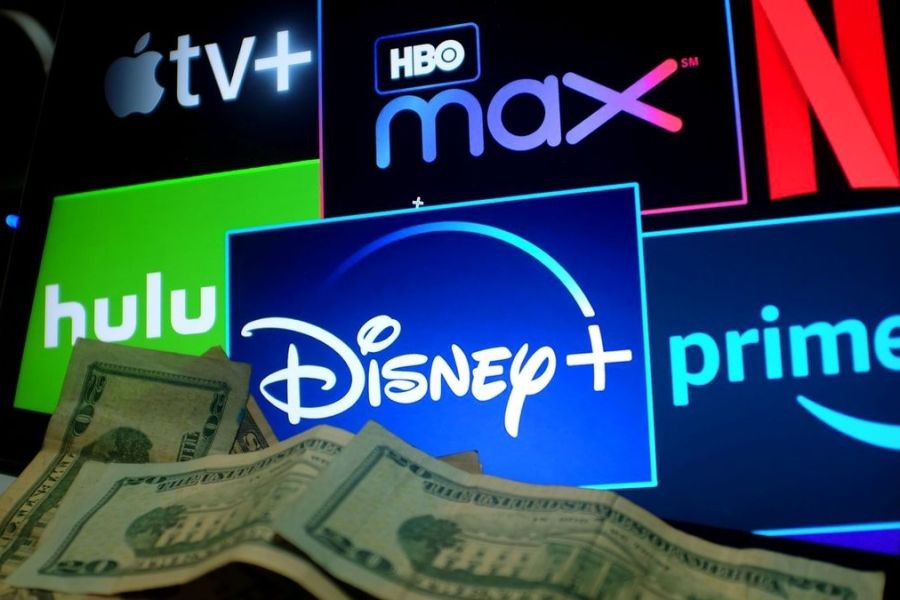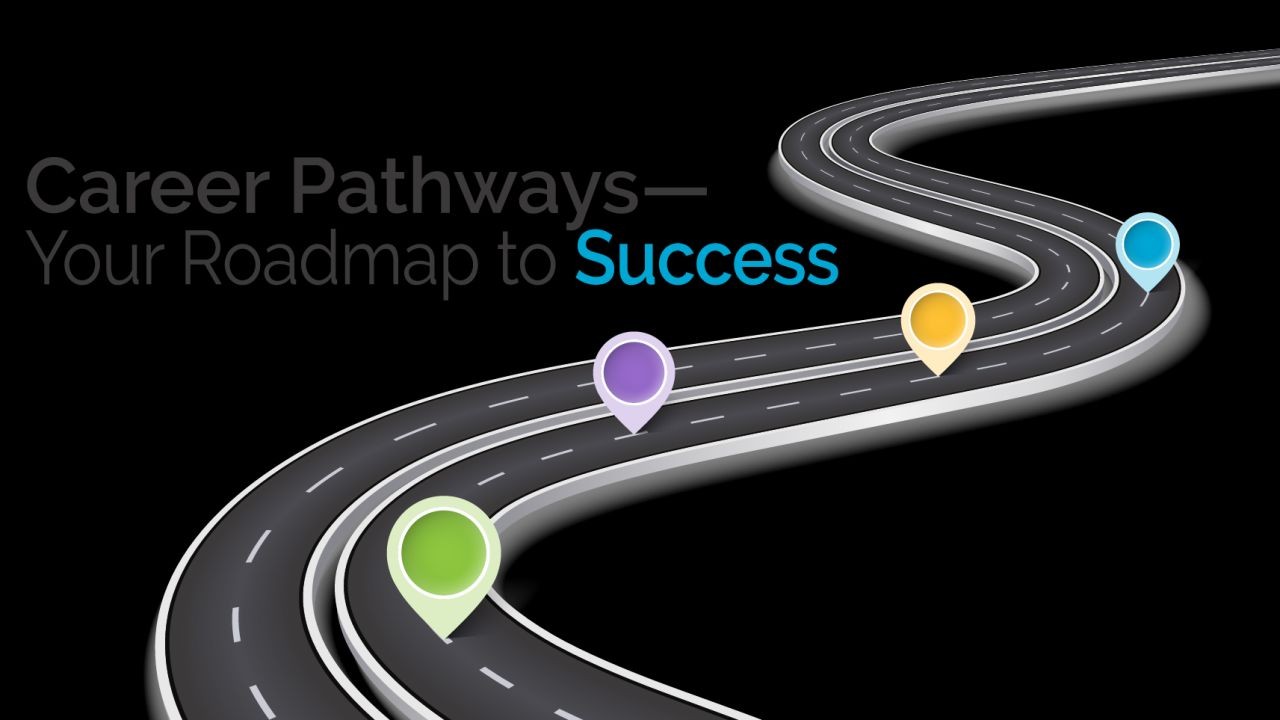In the ever-evolving landscape of business, Australian brands are tapping into innovative strategies to generate leads more effectively. As the competitive environment intensifies, businesses are compelled to think outside the box to capture the attention of potential customers. This article delves into five unexpected strategies that Australian brands are employing to enhance lead generation, showcasing real-world examples and providing data-backed insights.
1. Leveraging Local Influencers for Authentic Engagement
Australian brands are increasingly turning to local influencers to create genuine connections with their target audiences. Unlike traditional marketing strategies, influencer partnerships can deliver authentic content that resonates with consumers. According to the Australian Influencer Marketing Council, brands that collaborate with local influencers see a 28% higher engagement rate compared to global influencers.
Case Study: Bondi Sands
Bondi Sands, a popular Australian tanning brand, successfully partnered with local influencers to reach their target demographic. By collaborating with influencers who embody the beach culture, Bondi Sands was able to showcase their products in a relatable context, resulting in a 35% increase in online sales within six months. This approach highlights the power of authenticity and cultural alignment in influencer marketing.
2. Utilizing Data-Driven Personalization
Data-driven personalization is transforming how Australian brands engage with customers. By leveraging data analytics, companies can tailor their marketing messages to individual preferences, enhancing customer experience and increasing conversion rates. According to a report by Deloitte, businesses that employ data-driven strategies experience a 20% increase in sales and a 15% improvement in customer retention.
Case Study: The Iconic
The Iconic, an Australian e-commerce giant, uses advanced data analytics to personalize customer interactions. By analyzing purchase history and browsing behavior, The Iconic offers personalized product recommendations, leading to a 25% improvement in conversion rates and a 30% increase in average order value.
3. Implementing Interactive Content
Interactive content is becoming a staple in lead generation strategies, as it engages users in a dynamic manner. Quizzes, polls, and interactive videos not only capture attention but also provide valuable insights into consumer preferences. A study by Content Marketing Institute found that interactive content generates twice the engagement as static content.
Case Study: Tourism Australia
Tourism Australia utilized interactive content to promote domestic travel. Through an engaging quiz that recommended travel destinations based on user preferences, they captured over 50,000 leads within the first month. This approach not only increased engagement but also provided valuable data for future marketing campaigns.
4. Emphasizing Sustainability and Ethical Practices
With growing consumer awareness about environmental issues, Australian brands are emphasizing sustainability and ethical practices to attract eco-conscious customers. According to a report by the Australian Bureau of Statistics, 67% of Australians prefer to purchase from brands committed to sustainable practices.
Case Study: Who Gives a Crap
Who Gives a Crap, an Australian toilet paper company, has built its brand on sustainability. By using recycled materials and donating 50% of profits to sanitation projects, they have attracted a loyal customer base. Their commitment to sustainability has resulted in a 200% increase in sales over the past three years.
5. Adopting AI and Automation for Efficiency
AI and automation are revolutionizing lead generation by streamlining processes and providing valuable insights. From chatbots to AI-driven analytics, these technologies enhance efficiency and improve customer interactions. According to a report by McKinsey, companies that adopt AI see a 30% increase in lead conversion and a 25% reduction in costs.
Case Study: Commonwealth Bank of Australia
Commonwealth Bank of Australia implemented AI-powered chatbots to handle customer inquiries. This not only improved response times but also allowed human agents to focus on more complex issues. As a result, the bank reported a 40% increase in customer satisfaction and a 20% reduction in operational costs.
Common Myths & Mistakes
- Myth: "Influencers only work for fashion and beauty brands." Reality: Influencers in various niches, including tech and travel, have shown to effectively drive engagement and sales (Source: Australian Influencer Marketing Council).
- Myth: "Personalization invades privacy." Reality: When done ethically, personalization enhances user experience without compromising privacy, as shown by The Iconic's success.
- Myth: "Sustainability adds unnecessary costs." Reality: Brands like Who Gives a Crap demonstrate that sustainability can drive brand loyalty and increase sales.
Future Trends & Predictions
As technology evolves, the future of lead generation in Australia will likely see increased integration of AI, further personalization, and a stronger emphasis on sustainability. By 2028, experts predict that 60% of Australian businesses will adopt AI-driven marketing strategies, significantly enhancing lead generation efficiency (Source: Deloitte Marketing Insights 2025).
Conclusion
In conclusion, Australian brands are embracing innovative strategies to generate leads effectively. By leveraging local influencers, personalizing marketing efforts, creating interactive content, emphasizing sustainability, and adopting AI, businesses are setting themselves up for success in a competitive market. As these trends continue to evolve, staying ahead of the curve will be essential for Australian brands.
Want to stay updated on the latest marketing strategies? Join our newsletter for exclusive insights into the future of lead generation.
People Also Ask
- How are Australian brands using influencers effectively? Australian brands leverage local influencers to create authentic connections, resulting in higher engagement rates and increased sales.
- What role does data play in lead generation? Data-driven strategies allow for personalized marketing, leading to improved customer retention and conversion rates.
- How can AI enhance lead generation? AI streamlines processes, improves customer interactions, and provides valuable insights, increasing lead conversion rates and reducing costs.
Related Search Queries
- Lead generation strategies in Australia
- Using influencers for business growth
- Data-driven marketing in Australia
- Sustainable business practices in Australia
- AI and automation in marketing
































silaso8749831
6 months ago